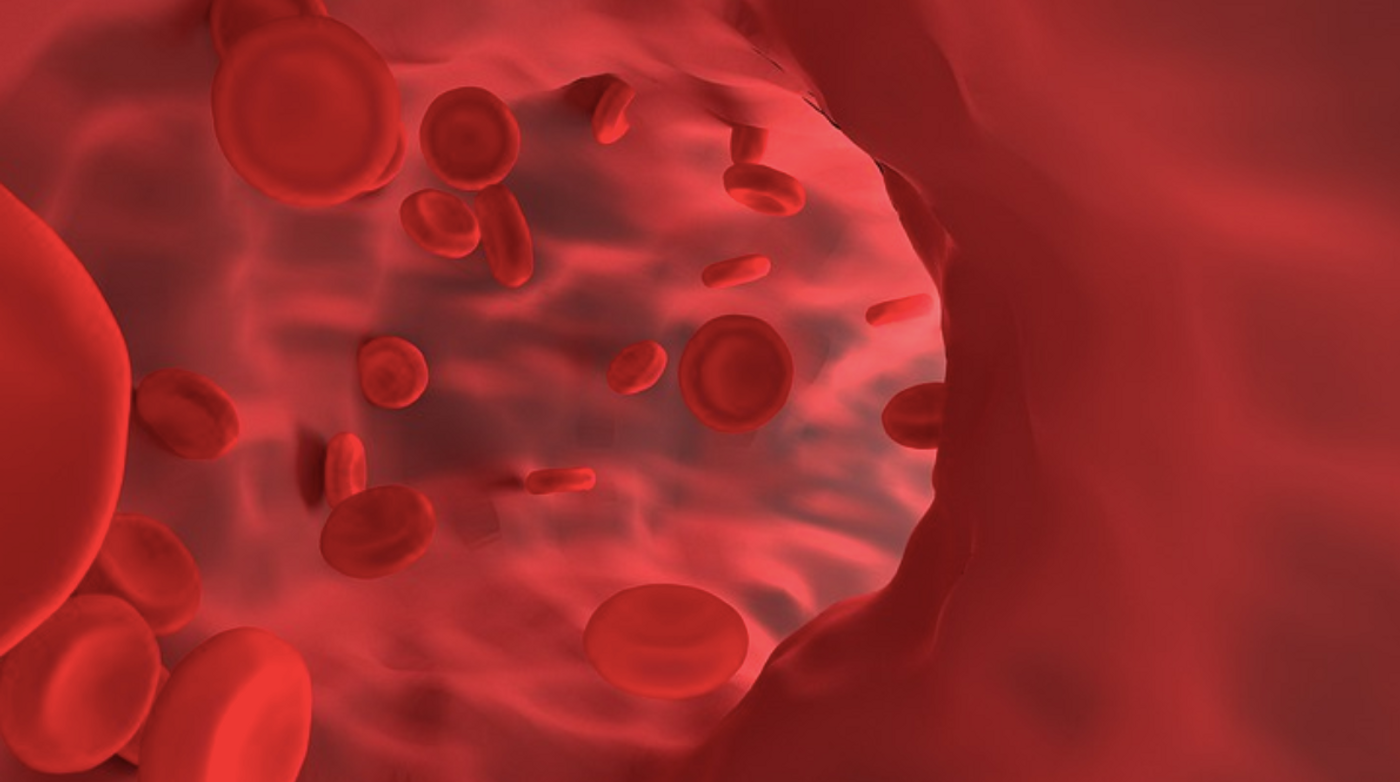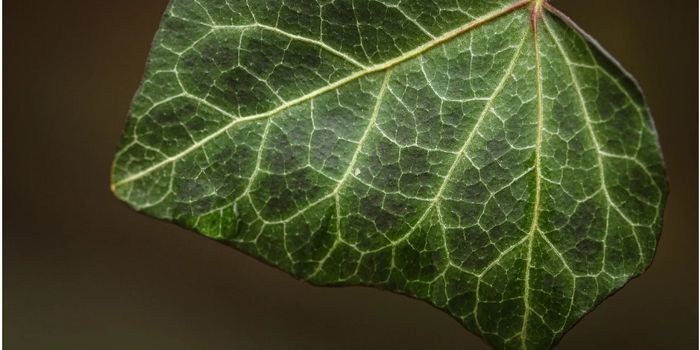Scientists Discover a Cell That Can Promote Blood Vessel Formation
Scientists have discovered a novel type of cell called the vasculogenic fibroblast, which can be found in mice and humans. While blood vessels have been known to be created by endothelial cells, this study has shown that vasculogenic fibroblasts can also generate new blood vessels and trigger blood flow there. This work, which has been reported in Nature Communications, may shed new light on how new blood vessels can be produced for therapeutic purposes.
Ischemia refers to a reduction in blood flow to tissues or organs, and diseases that involve blood flow limitations, like coronary artery disease or diabetic wounds, are common, noted Chandan K Sen, Ph.D., distinguished professor of surgery at the Indiana University School of Medicine and director of the Indiana Center for Regenerative Medicine and Engineering (ICRME), among other appointments.
If we are going to grow new blood vessels to treat ischemic disease and halt the growth of new blood vessels so tumor growth will be limited, we must have a complete understanding of how the body generates blood vessels. "The discovery of vasculogenic fibroblasts unveils a critical piece of the puzzle that would help targeted therapies," added Sen.
When a person is injured, the body responds in part by generating vasculogenic fibroblasts, which move to make new blood vessels so that the damaged tissue can be healed. But for some people, such as diabetes patients, the ability to produce vasculogenic fibroblasts is impaired.
In this study, the researchers used a method called tissue nanotransfection (TNT) technology to reprogram diabetic tissue so it would replenish vasculogenic fibroblasts. The investigators observed an improvement in both blood flow and diabetic wound closure. TNT is outlined in the following video.
This study has not only revealed a cell that has been hard at work in the body, it has also showed that TNT and vasculogenic tissue reprogramming can normalize these cells and rescue tissues that have been disrupted because of poor blood supply, noted Sen.
"In less than a second, the TNT nanochip can deliver just one antisense oligonucleotide to the skin and convert cells into vasculogenic cells," Sen said. "This innovative technology is continuing to show promise in providing simple and effective treatment for many different health concerns in many different situations."
Sources: Indiana University School of Medicine, Nature Communications









